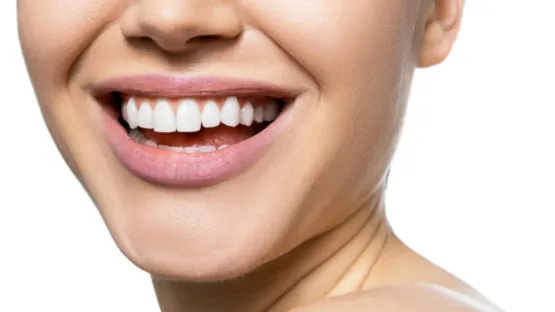A new study shows that short-term treatment with the common organ rejection drug rapamycin reverses periodontal bone loss, attenuates inflammation, and makes the oral microbiome revert to a more youthful state in old mice.
What is rapamycin?
Rapamycin (also known as sirolimus) is a macrolide, a class of antibiotics that includes Biaxin (Clarithromycin), Zithromax (Azithromycin), Dificid (Fidoximycin), and Erythromycin. Macrolides inhibit the growth of bacteria and are often used in the treatment of common bacterial infections.
Originally isolated from a strain of the Streptomyces bacterial genus, it was found in the Easter Island soil near Rapa Nui, hence its name, and was initially described as an antifungal agent by its discoverers.
Rapamycin is an FDA-approved drug that is used to combat organ rejection during donor transplants and targets the mechanistic target of rapamycin (mTOR) pathway. The mTOR pathway is composed of the mTORC1 and mTORC2 protein complexes. It senses amino acids and is associated with nutrient abundance. It is a kinase, which means it adds phosphates to molecules. mTOR is a master regulator of anabolic metabolism, the process of building new proteins and tissues.
The mTOR pathway is one of the four major pathways that control energy metabolism, and its deregulation is thought to be one of the reasons we age. Numerous experiments with rapamycin in recent years suggest that it can influence aging and promote longevity, at least in mice. For this reason, rapamycin has earned a reputation for being an “anti aging” drug, and, as this new study shows, the description could well be apt.
Rapamycin seems to reverse some aspects of aging
In this new study, a team of researchers led by Dr. Matt Kaeberlein at the University of Washington in Seattle (perhaps better known for his work at the Dog Aging Project) shows that the organ transplant drug rapamycin is able to regenerate the bone into which teeth are embedded [1].
The drug also helped to restore the oral microbiome (the community of microbes that live in the mouth) to a level similar to that found in younger animals, and it reduced inflammation as well.
In this world first, the drug has been demonstrated to rejuvenate the oral environment by spurring new bone growth supporting the teeth.
Periodontal disease is an age-associated disorder clinically defined by periodontal bone loss, inflammation of the specialized tissues that surround and support the tooth, and microbiome dysbiosis. Currently, there is no therapy for reversing periodontal disease, and treatment is generally restricted to preventive measures or tooth extraction. The FDA-approved drug rapamycin slows aging and extends lifespan in multiple organisms, including mice. Here we demonstrate that short-term treatment with rapamycin rejuvenates the aged oral cavity of elderly mice, including regeneration of periodontal bone, attenuation of gingival and periodontal bone inflammation, and revertive shift of the oral microbiome toward a more youthful composition. This provides a geroscience strategy to potentially rejuvenate oral health and reverse periodontal disease in the elderly.
Conclusion
This, once again, shows that aging is not a one-way street and is, in fact, malleable and open to intervention. Drugs such as rapamycin are already approved, have a good safety profile, and may represent low-hanging fruit for therapies that target aging.
These promising results are not only in mice; there are already some results for the drug in humans, a recent human trial for skin aging using the same drug recently published positive results.
Literature
[1] An, J. Y., Kerns, K. A., Ouellette, A., Robinson, L., Morris, D., Kaczorowski, C., … & Kaeberlein, M. (2019). Rapamycin rejuvenates oral health in aging mice. BioRxiv, 861369.




